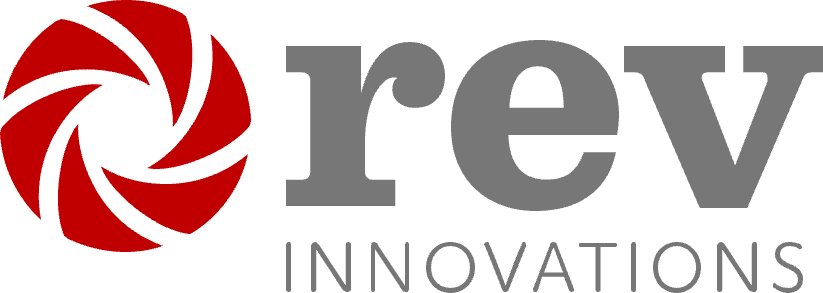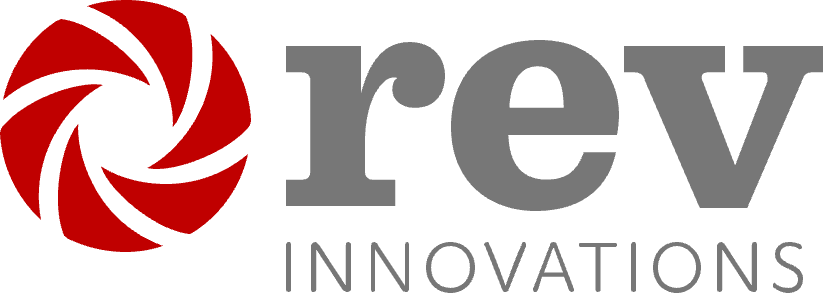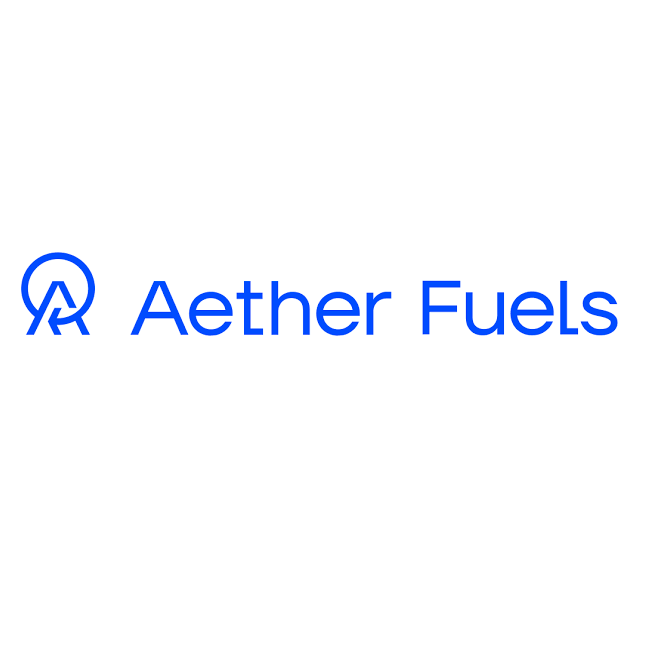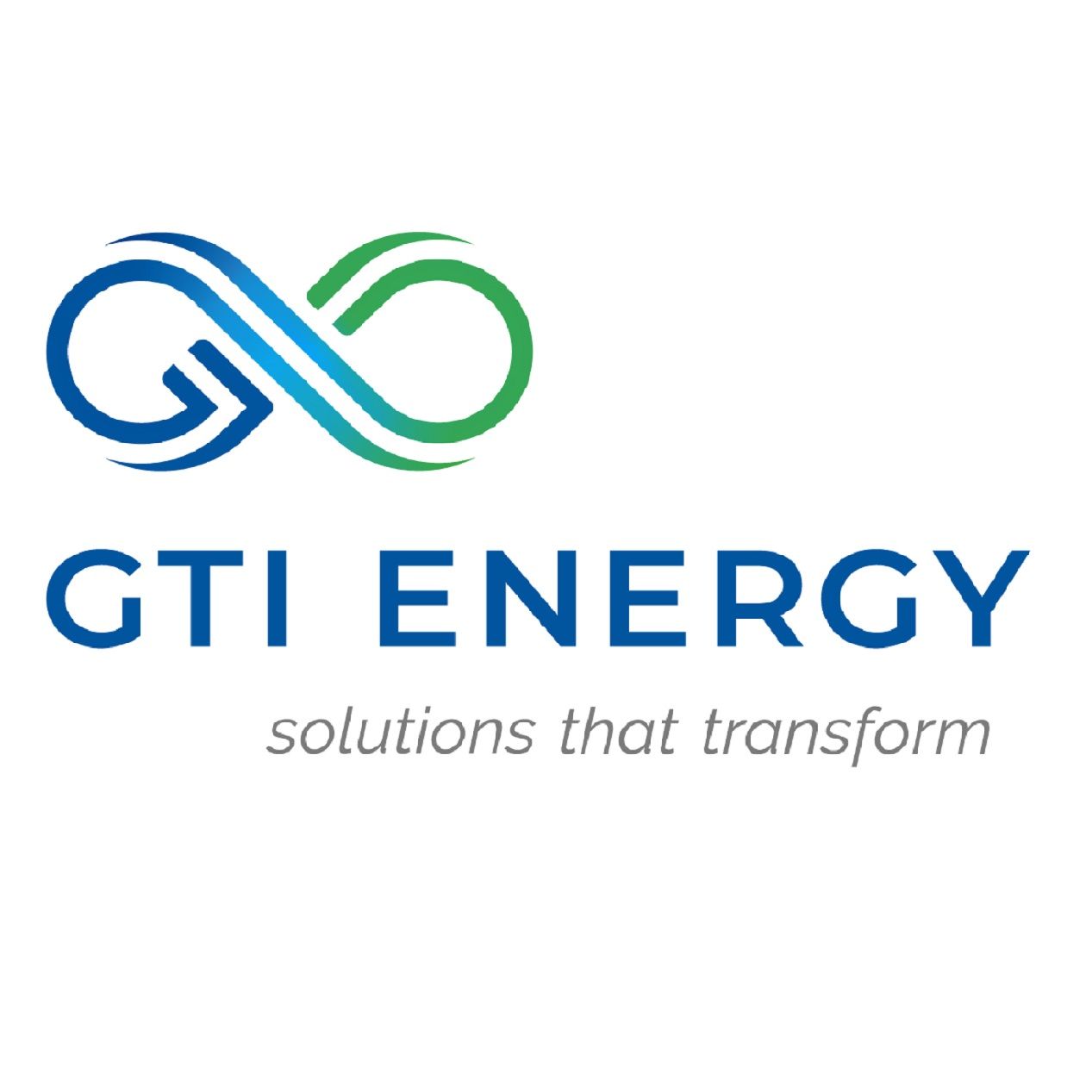An Interview on Resiliency and Reliability
Dr. Michael Webber
Sid Richardson Chair of Public Affairs, LBJ School of Public Affairs, and John J. McKetta Centennial Energy Chair in Engineering at UT Austin; Board Member, GTI Energy
Dr. Johanna Schmidtke
Managing Partner, Rev Innovations
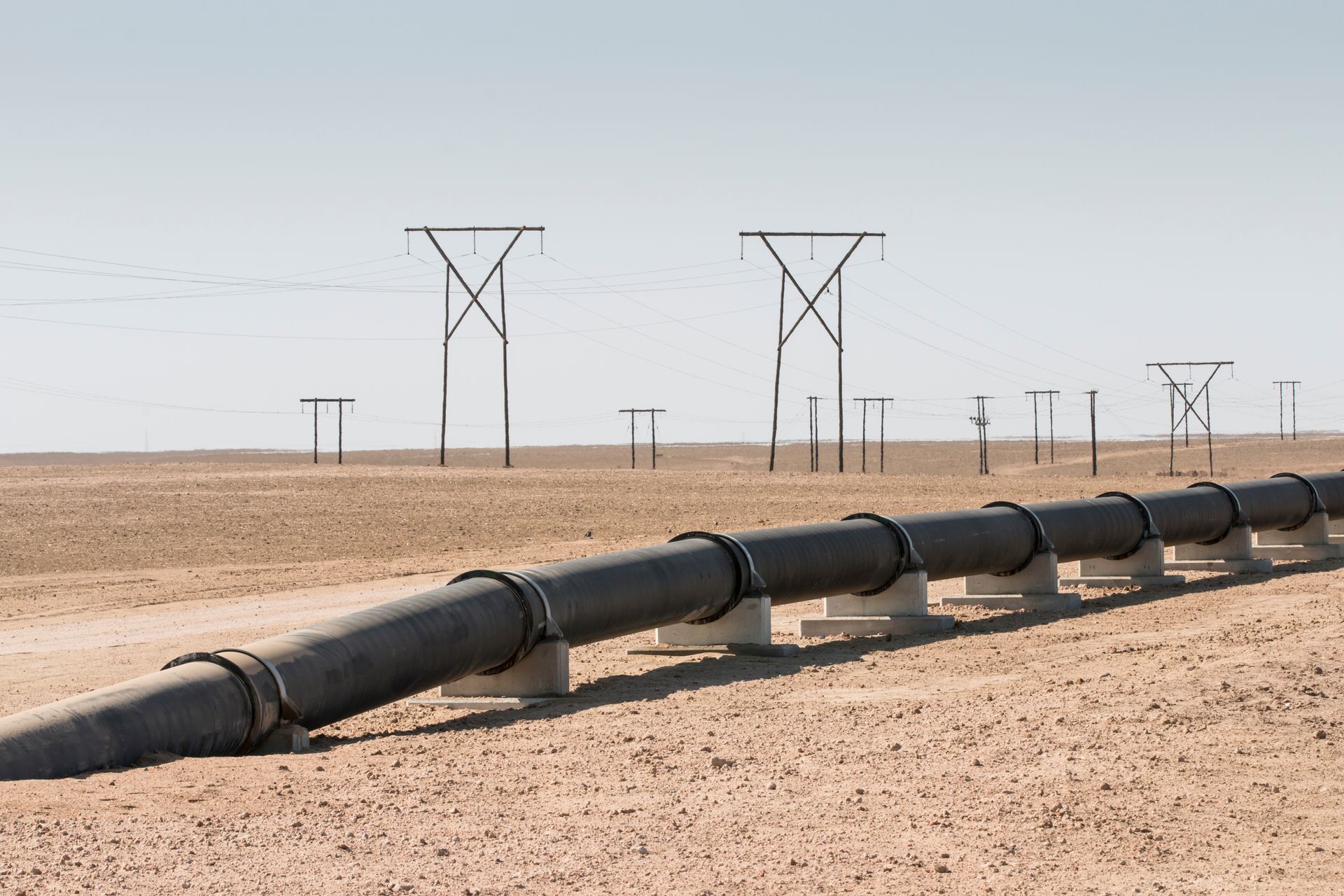
J: Michael, thank you so much for joining us today. Looking forward to talking to you about the Pacific Northwest National Lab (PNNL) report on the review of resilience and long-term planning in power and water systems. First, would you mind just giving us a background (1) on the work and how this subject came to be and (2) where you focus your time?
M: That's great – thanks so much for the opportunity to talk about it. So, the work with this particular collaboration with PNNL came up at their request because they think about resilience and about energy and water relationships, and my group also thinks about resilience and about energy and water relationships. But in Texas, we tend to think about water constraints on the energy systems because of water scarcity and drought. And in the Pacific Northwest, water is a major source of power (hydroelectric). So, with regional differences, you can come at it from very different angles. They were aware of some of the work we'd done, and they have some internal research funding they get every once in a while, so they said, “hey, would you want to collaborate on a more geographically diverse / national look at energy and water, how they are related, and what that means for resilience?” I said “absolutely, we'd love that.”
J: That's fantastic. You noted one of the things in the article that stood out so dramatically is this lack of a standardized definition of resilience and reliability and sort of the overlap between the two. How surprising did you find that? What do you see underneath that texture?
M: I'm not really surprised, yet I'm surprised at the same time. It is not news to me that people think of these concepts – reliability, robustness, invulnerability, and resilience – differently. They all mean slightly different things. It feels like even though we've known for decades that there's a language problem, we're not making much progress. It’s not surprising that there's a language problem, but it’s kind of surprising that I feel like we haven't made progress as I thought we would have.
I'll just take the words reliability and resilience – we tend to mix and mash these words together. Reliability is a measure of how often you are able to perform the thing you're expected to perform (e.g. uptime). Resilience is how quickly you respond when things go wrong – a system that's resilient will snap back quickly. A system that's reliable doesn't need to snap back so often because it doesn't fail very often. But they're related concepts. So you want a system that doesn't fail often, but you also want a system that comes back quickly when it fails. Utilities have different meanings that affect their decision-making. Do you invest in hardening your system so it fails less often, or do you decide that some level of failure is acceptable as long as you can get it back online quickly? These priorities require different kinds of workforces, different kind of technology, and we need some balance of both for all types of utilities – electric, gas, and water utilities with different locations.
M: That is a great question. I feel like we have underinvested in both for decades, so we have a backlog of system improvements required so that it's more robust while also being more resilient – there's room for improvement on both. I don't think the problem is we did too much of one or the other – I think the problem is we did too little of both. But as we move forward, the smart thing to do is think about planning for the weather of the future rather than the weather of the past. So there's a lot of hardening we need to do. I'm thinking of Houston. What Houston went through last year – they had the derecho in May and then the hurricane a few months later. Two massive storms in the matter of a couple of months. For that, you need a hardened system, with stronger wires and poles for your transmission and electric distribution system. The gas system really wasn't affected – gas is hardened already against this. Houston will need to prepare for having multiple wicked storms within a span of a few months in the future.
Then you go to California or the Mountain West where the risk is really wildfire, and the focus is less about hardening the system. It's not a windstorm knocking the system over. It's more about resilience and reliability measures where you actually preemptively turn things off so that you don't spark a fire or so you don't make fires worse and then be able to snap back quickly. Frankly, you need both because those wildfire risks in California happen when there's a windstorm and you don't want the wires swinging and sparking something.
In places like Texas, it's all interconnected. Electric and gas interdependence is huge, where our gas system more and more is electrically operated. Our electric system is also very gas-operated – half our power comes from gas. If one goes down, it takes the other down with it. We need to think through the interdependencies of these different utilities, electric and gas utilities, to improve. Depending on where you are, you have a different kind of thing to invest in. We've underinvested for so many decades. It's time to step it up and really keep the system going. We did a big build-out in the 70s and 80s. Now that means it's like 40 to 50 years old and showing its age. We need to put money into it.
J: I want to go back to one thing you said and really dig in, because I think it’s an important point. You mentioned just how much electricity is coming from gas. I think the interesting point that people may not totally appreciate is how much of the gas system is electrically powered. Can you give your viewpoint on that one?
M: In Texas, we have ideology around energy – they are now like Republican forms of energy and Democratic forms of energy, which makes no sense to me as an engineer. What we've seen in Texas is that renewables for electricity and natural gas rise hand in hand. They're highly complementary, and they really support each other in a variety of ways. The gas system's reliability makes up for the variability of renewables, and the price predictability of renewables makes up for the price volatility of gas, so they're pretty complementary. They've teamed up together to beat up on coal in Texas, so coal has declined. I think that's a good news story, despite what the political headlines might say. There's this interdependence where we use so much gas to make electricity, we use so much electricity to make the gas, and the electricity shows up in the gas supply chain in a variety of ways. More and more, the oil and gas fields are electrified. In fact, West Texas is the most electrified oil and gas field in the world, where you have a lot of electric pump jacks, electric pumps, downhole electric submersible pumps, and electric hydraulic fracturing fleets to help extract the oil and gas, as well as electric gas processing and water separation units, and electric compressors helping to move the gas along the pipelines. As time goes on so the whole gas supply chain is heavily electricity-dependent, so we need to really think through these interdependencies. If something goes wrong, if you have a cold snap and the gas system freezes up, that undermines the power system. If the power system is struggling, it turns off the power to the gas system. It makes your whole system worse. That happened in 2011 and happened in 2021 where we had rolling outages where power companies turned off the power to the gas producers and electric compressors. All of a sudden we had less gas, and then you can't run your power system either, which creates a cascading problem. That interdependency is another one of these reliability or resilience things you have to think through. We first need to know which gas systems need electricity, and vice versa, so that we don't make a mistake and make the problem worse. And we also need to think of backup sources on site. A lot of this is good news from an environmental perspective – if you replace a diesel generator with grid-tied electricity that will reduce your emissions. If you have electric submersible pumps, that will improve your productivity, which lowers your environmental impact. If you switch to electric controls rather than pneumatic controls, you have less venting. There's a lot of really good environmental impacts here, but we don't want to make the system fragile because we weren't paying attention.
J: That's a great point. Thank you for diving into that because I think a lot of people understand that gas impacts electricity, but I think highlighting how much electricity impacts the gas is incredibly important.
M: There's a third layer as well – the water layer. It's electric, gas, and water interdependence. We have this in Austin at the Sand Hill Energy Center, which operates natural gas combined cycle power plants and some gas peakers, and it uses water from the water utility for cooling, and it uses gas from a variety of places in Texas to make power to run the utility. So if we turn the power off to the water utility, now you don't have water cooling for your gas system, then you don't have gas, or you turn off the electricity to the gas, you don't get the gas you need for the power system. It's all interconnected. Our electric, gas, and water utilities all need to be really collaborative and cooperative with each other to make it work. That's another example where you just keep adding layers of these interdependencies.
J: That's a perfect segue to some of the examples that the report pointed out. As you have looked at this work and the work that preceded it to get to this point, what are some of the examples of how utilities are working together to start to reduce or at least identify what these systemic risks are that you think should be held up?
M: There are some places where you have combined utilities – it's easier within a combined utility. In Los Angeles, it's the Department of Water and Power. They can talk about water and power simultaneously. In San Antonio, CPS is gas and electricity. Sometimes you have a combined utility where one utility manages two of the major resources we care about between electricity, water, and gas. In Austin, we have Austin Water and Austin Energy, two city-owned utilities. They're not the same utility, but they're both municipally owned. Texas Gas, our gas service, is independent, but they can talk to each other. It's rare to have one utility do all three, but the real way to solve this is just to have more communication where the gas folks can tell the power folks, here are our gas installations that require power – please don't turn us off, or if you'd like us to sign up for interruptible power, we can but we'll just have backup batteries or diesel generators on site to support that. These can all be solved, you just have to know about it. The same needs to be true with the power side. They're buying gas. The gas sellers know who the gas customers are. They know the power plants want gas. But the gas power plants and the electric utilities don't always set up firm gas contracts – there is always a power plant selling firm power but with interruptible gas. Sometimes you have someone selling firm gas with interruptible power. You need to match this up if you're going to have your power source cut off then you can't sell firm gas unless you have a backup, but if you're going to have your gas source cut off you can't sell firm power unless you get a backup. This is all solvable, but it does require that everyone talk to each other. When you get to a place where you have different companies or entities managing the different resources it just takes a little more effort to get that sorted out.
J: You've mentioned a few along the way, but what are some solutions that you think utilities are going to need to invest in beyond communication, that you think are particularly attractive or are likely to see significant growth as utilities look to address some of these complex reliability issues?
M: That's a great question. I think in the end, there's a high level of human involvement needed, but there are technological options that will improve things, and there's a lot of cross-sectoral learning. The gas system has already hardened and has a lot to teach the power sector about how to harden. The power sector, which has already winterized or weatherized, maybe has something to teach the gas crews about how to winterize at the wellhead, although the gas sector already knows that from Canada and other places. We have some lessons that we can learn from place to place about how to improve the operation of systems. There are a few technologies that pop up that have recurring themes.
One is storage. More gas storage would be helpful. We have a lot of gas storage in the Midwest, but we don't have a lot of gas storage in Texas. Texas has just-in-time gas production. We have so much gas production, why store it? Just produce more. Then Winter Storm Uri hit, and the gas system froze, and we didn't have much storage, and that was a problem. So, we built some more gas storage in the last couple of years, which helps because if you're wells freeze, you still have gas storage close to Houston or wherever you need your gas. The same idea works for electricity. You need more electricity storage. It could be lithium-ion batteries for short-duration storage, but there are other batteries getting developed that can store power and discharge it for several days. Storage, whether it's energy storage of gas or electricity storage for the power sector, is really handy. The water sector does that too – they tend to have a couple of days of storage on site, and then it's sent by gravity to the customer. Usually, you have water up high in a water tower, or you put the water treatment plant up on the hill if you have a hill where you live, so they have a couple of days storage built into the scheme. Storage is one of those cross-cutting technological solutions that's really handy.
Another one is going to be data – we need more data. This is a promising use case for AI. AI needs data. But if we had more data, more sensors, if we knew the state of the wires, the state of the flows and pressures in the pipes, the water quality and quantity of the water system, AI should help us identify patterns better. I think a great use case for AI is seeing problems before they happen, seeing wiggles in the data that indicate something is looming, and helping us manage the system in a more optimal way with the interdependencies known, and spotting problems before they happen. I'm thinking especially in places like the Mountain West where you have a wildfire risk. Wildfire risk depends on temperature, humidity, wind, and vegetation load and other things like fuel loading and vegetation management. So, it's kind of complex. Right now, these public safety power shutoffs are kind of blunt. You turn off the power for 20 hours, but maybe you only need to turn off for a couple hours. If we could fine-tune the safety shutoffs so that they are less disruptive, that would be great.
A third solution that's gaining popularity is distributed resources, maybe making power on site with solar panels, maybe making power on site with gas microgrids and gas generators, doing some things behind the meter so you don't depend on all the pipelines and all the transmission lines all the time. You can create your own resource the way you need it. There are some technologies that start to look pretty cross-cutting and useful.
J: Fantastic. And just as we round out the conversation, any comments on regulatory or other impediments that need to change in order to improve resiliency and risk management in the broad scope across different types of utilities?
M: I mean, this is America, so we have all sorts of regulatory layers. We're more nimble than a lot of countries, but we have more layers than a lot of countries. A lot of countries will be centrally managed, but we have a city governments, sometimes an HOA or community governments, you might have county rules, state rules, and federal rules. There's all sorts of rules that you have to sort out. That regulatory overlay tends to unify around an ethic of reliability, which is good news for the topic we're talking about, and affordability. I think the goal of the power, gas, and water sector is reliability. However, that emphasis on reliability also creates a hesitation to try new things, because you don't want to try something that will make the system less reliable. The reliability ethic is good. I really want to celebrate that. We need more of that. But at the same time, reliability requires new innovations, so you want a regulatory environment that will give rewards for trying new things. We need a little more looseness from a regulatory perspective to try the new stuff without losing our reliability ethic entirely. When the power goes out and the gas goes out, people suffer and die, so we can't just play games. But we do need to try some new things, so we're not stuck with 1970s technology and an aging system. I think there's opportunity from a regulatory perspective.
The other regulatory problem that we have is often the regulators for water are different than the regulators for gas, are different than the regulators for power. We have different reporting mechanisms, different governance structures. Like we have a Public Utility Commission in Texas that thinks about telecom and power, we have the Railroad Commission that thinks about gas, and we have the Water Development Board or TCEQ that thinks about water. That's just the Texas example. That translates into committees at the federal level in Congress or your state assembly or state legislature. Usually, the committees dealing with these resources are different. So, we have opportunities for miscommunication because of the governance structures, so that's a regulatory problem as well. We have all the layers from your neighborhood all the way up to the federal government, which adds complexity. And we have governance structures that just make it hard to get things done in a coordinated way. That's how you get these miscommunications around interdependencies.
J: Thank you, Michael, so much for joining us. Any final shots? Anything you'd like to add before we close out?
M: Just happy to be part of the conversation. I'm so glad you're talking about it. These are very important topics, and we all benefit from it working well and suffer when it doesn't, so I'm glad you're on the topic.
J: Fantastic. Thank you so much.
